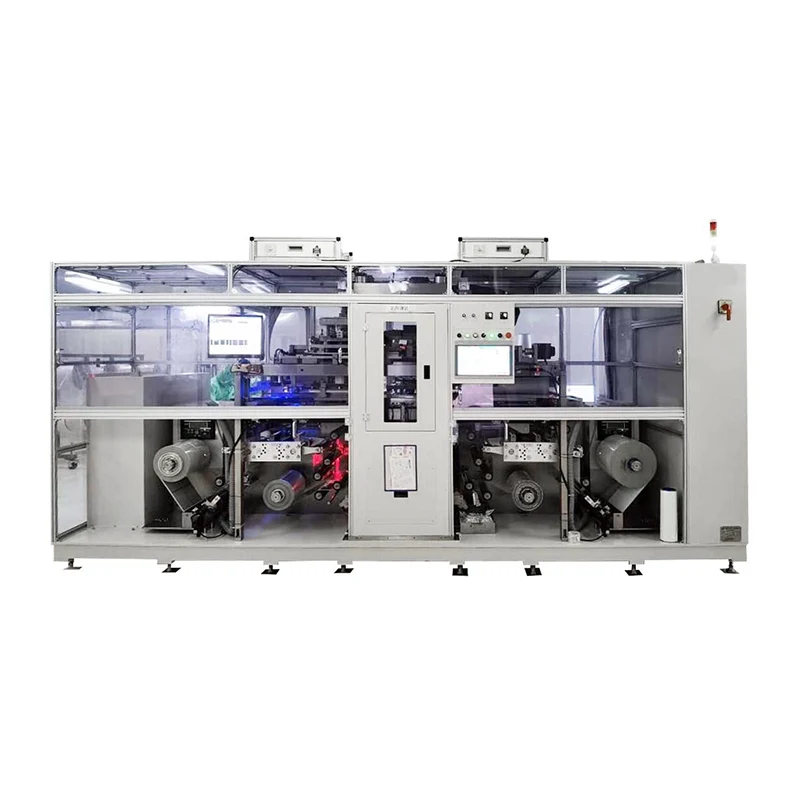With the increasing requirements for miniaturization and high reliability of devices in high-frequency fields such as 5G communications, vehicle-mounted radars, and microwave modules, LTCC (low-temperature co-fired ceramics) technology has become one of the key technologies in the field of electronic packaging due to its excellent electrical properties, stability, and integrability. So, how is the LTCC module processed from raw materials to final products step by step? Today, we will take you to have a deep understanding of the core process flow of LTCC.
LTCC is a technology that co-fires a multilayer ceramic substrate with an internal conductor circuit at a low temperature. Its biggest feature is that it can achieve high-density wiring, embedded passive component integration, and three-dimensional structural packaging. The entire manufacturing process includes multiple key steps, from raw material preparation to final product shipment, and each link plays a decisive role in product performance and quality.

1. Preparation of raw ceramic tape (Tape Casting)
The process starts with ceramic slurry. Ceramic powder is mixed evenly with glass powder, binder, plasticizer, solvent, etc., and then ball-milled to form a uniform ceramic slurry. Then, the slurry is evenly coated on the carrier film by scraper coating to form a "green tape" with controllable thickness, that is, a raw ceramic sheet.
2. Drying and cutting
After the green tape is dried in a constant temperature environment, it is cut into a size suitable for the circuit layout, usually in small square pieces or cut according to the product design drawings.
3. Via Punching & Filling
On each layer of ceramic tape, holes are punched by laser or mechanical means to make electrical connections between layers. Then metal slurry (such as silver or silver palladium) is filled into these through holes to form a conductive path.
4. Printing conductor circuit (Screen Printing)
The circuit pattern is printed on each layer of green tape using the screen printing process. Commonly used conductor materials are silver, copper or silver-palladium alloy, depending on the final use environment and frequency requirements.
5. Stacking & Lamination
Precisely stack multiple processed ceramic tapes according to the design drawings to ensure circuit alignment. Then press the multi-layer structure together by hot pressing or isostatic pressing to make it a whole, ready for subsequent sintering.
6. Co-firing
This is the core link of LTCC technology. The laminated green body is placed in a sintering furnace and heated to about 850°C under a controlled atmosphere to sinter the ceramic matrix and the metal conductor at the same time. This process achieves structural shaping and circuit curing.
7. Post Processing
After sintering, the LTCC module can be metallized, laser cut, polished, drilled, packaged and other steps according to needs. Sometimes a protective coating is added to the surface or functional testing is performed to ensure that the product performance meets the specification requirements.
In the whole production process, several links are particularly critical:
Thickness and uniformity of ceramic tape: directly affect the dielectric properties and dimensional accuracy of the final module;
Through-hole filling quality: related to electrical performance and reliability;
Lamination pressure and alignment accuracy: determine the integrity and consistency of internal circuits;
Sintering temperature curve control: ensure thermal matching between ceramic and conductor materials to avoid cracking or delamination.
Compared with traditional PCB or HTCC processes, LTCC has many advantages such as low loss, good high-frequency performance, high integration, small size, and strong environmental stability. Especially in the fields of high-frequency communications, radar modules, avionics and medical microsystems, LTCC has become one of the indispensable basic technologies.
Through a mature and stable LTCC process, enterprises can not only provide customized, high-quality electronic modules, but also achieve a balance between mass production and cost control to meet the ever-changing market needs.
Understanding the process of LTCC will help customers to more comprehensively understand the advantages and applicable scenarios of this technology. For customers who are looking for high-frequency and highly integrated packaging solutions, LTCC is undoubtedly a reliable technology route. We welcome all kinds of cooperation and customization needs, and look forward to providing you with more professional ceramic circuit module solutions.
If you need more technical information or product support, please feel free to contact us.
